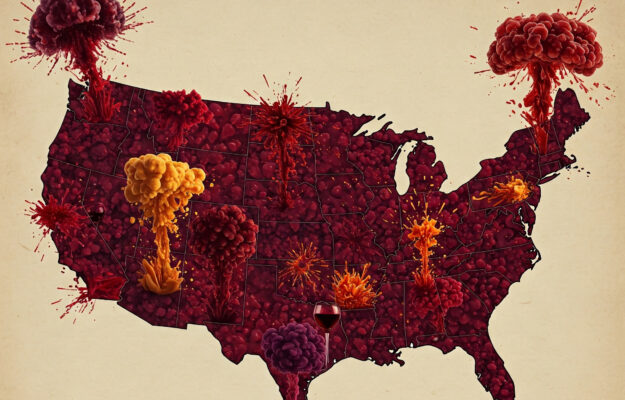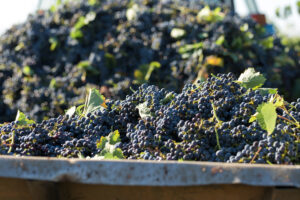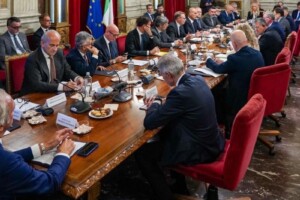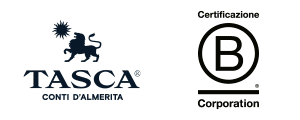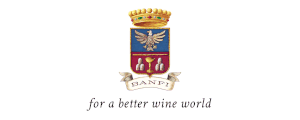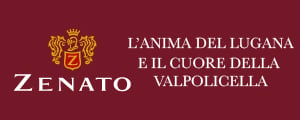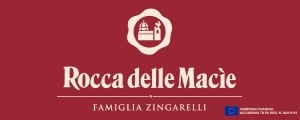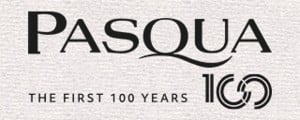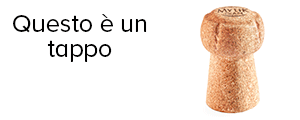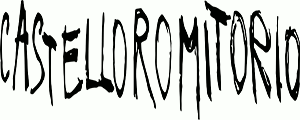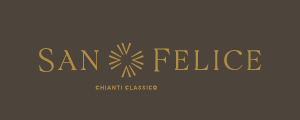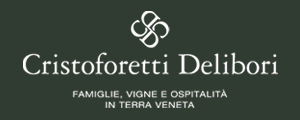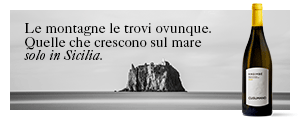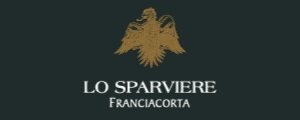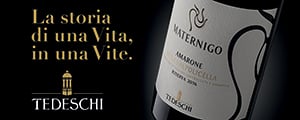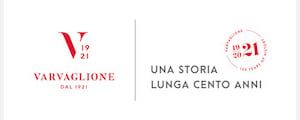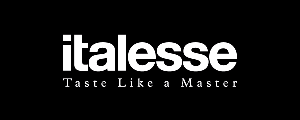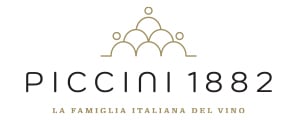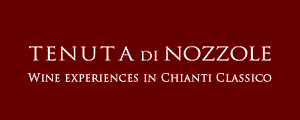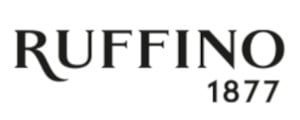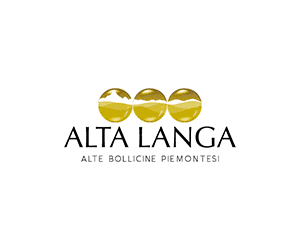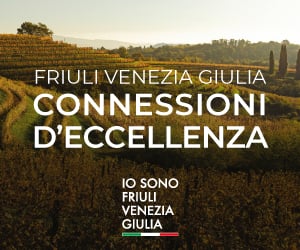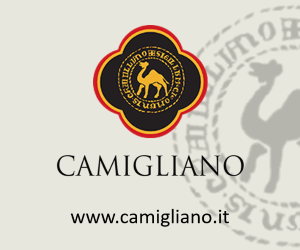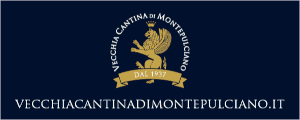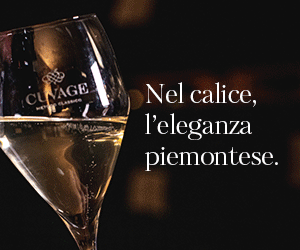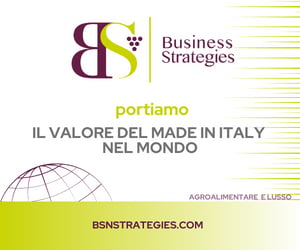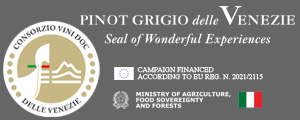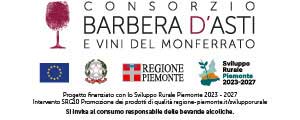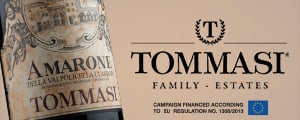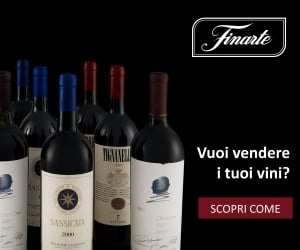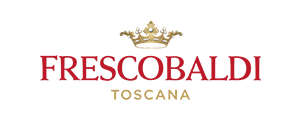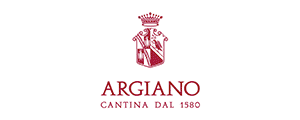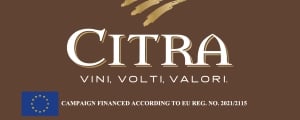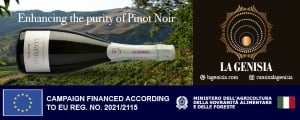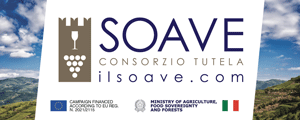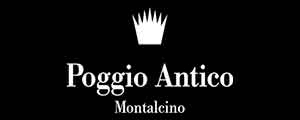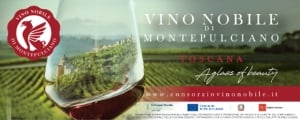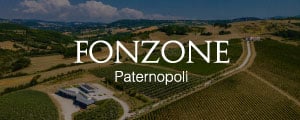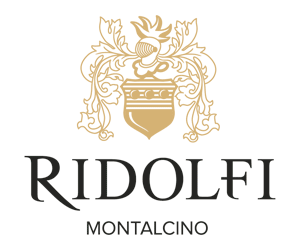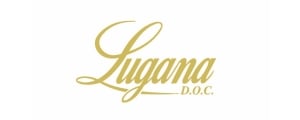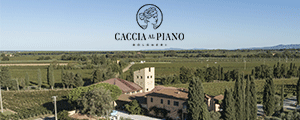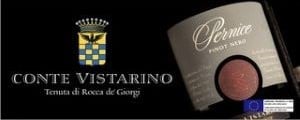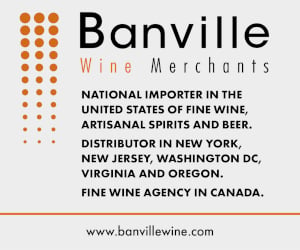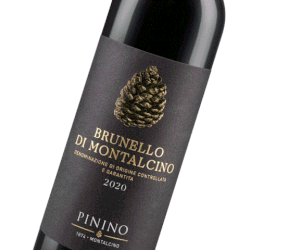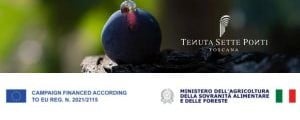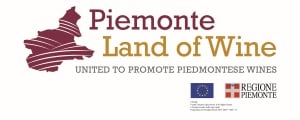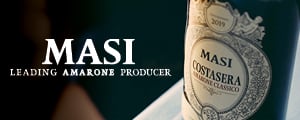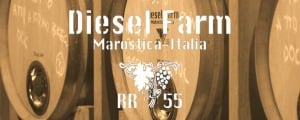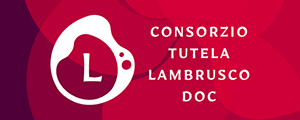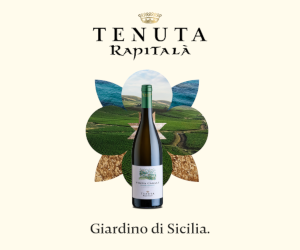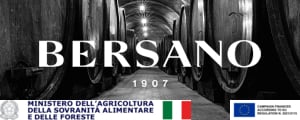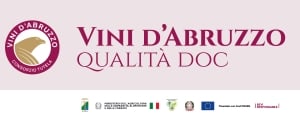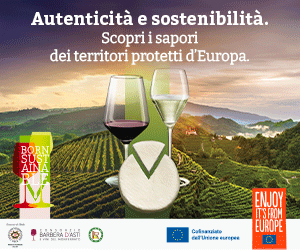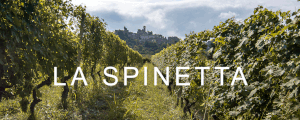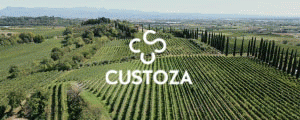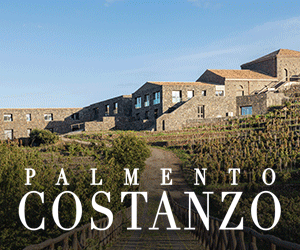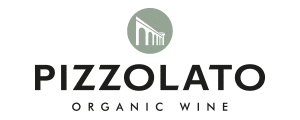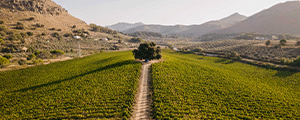As the picture on U.S. duties first promised, and then introduced by Donald Trump, in what was, according to the U.S. president, a new “declaration of economic independence”, becomes clearer by the hour, in its harshness and timing, as well as from the political world of Italy and the European Union, already working to limit the damage and seek a diplomatic solution as quickly as possible (even if counter-duties on U.S. products are already ready, which could be announced around mid-April, ed.), come the reactions of the Italian food and wine trade organizations, which have in the U.S. a key market, with 7.8 billion euros of total exports in 2024, of which 1.9 billion in wine alone, with the U.S. partner no. 1 absolute of the Italian wineries. Between those who say they are more concerned, those who preach caution, those who stress once again the need to diversify Italian wine's target markets, starting with South America, thanks to the recent agreement between the EU and Mercosur, and those who do not see it too badly, or, at least, not so much as to give in to panic, leveraging factors such as the good value for money of Italian wines, historically a strong point of the tricolor offering, and the fact that a 20% increase, if partly absorbed by producers, partly by the U.S. trade and partly spread over the consumer, at least for a while, albeit with difficulty, could be sustainable. With an impact, moreover, that, according to some, could be mitigated, at least minimally at first, by the favorable euro-dollar exchange rate, which, theoretically, would make it slightly less onerous for Europeans to pay the duty. In any case, tensions are high, not least because, as many analysts point out, we are facing an unprecedented situation, with duties being imposed by one of the world’s most important consumer markets on many goods from many major producers, the European Union and the Asian area, including China, in the lead, with consequences that are difficult to predict on consumption as a whole, and even more so on individual sectors, moreover voluptuous, such as wine.
Although there is no shortage of those who launch into timely economic forecasts. “With the bloody U.S. duties at 20%, the market will have to cut its revenues by 323 million euros a year - comments, today, the president of Unione Italiana Vini - Uiv, Lamberto Frescobaldi - on pain of the exit from the market for a large part of our production. Therefore, Uiv is convinced of the need to make a pact between our companies and our overseas trade allies who profit more than us from imported wines; we need to share the burden of the extra cost and avoid passing it on to consumers. It will be difficult for many people”, he added, “but what is even more frightening today is that a truly exacerbating upward game between the U.S. and European administrations will be engendered: the acceptance in the EU of Foreign Minister Tajani’s proposal to exclude spirits, and therefore wine, from any disputes will be crucial”.
According to an analysis by the Uiv Observatory, the only solution is in fact to be found along the supply chain, with the market--from production down to importers and distributors--having to shoulder a 323 million euro cut in its revenues (out of a total of 1.94 billion) and thus maintain current pricing arrangements. According to Uiv, as much as 76% of the 480 million Italian bottles shipped last year to the United States are in the “red zone”, with an exposure to total shipments of more than 20%. Wine areas with absolute peaks for Moscato d’Asti (60%), Pinot Grigio (48%), Chianti Classico (46%), Tuscan Dop reds at 35%, Piedmontese at 31%, as well as Brunello di Montalcino, to close with Prosecco at 27% and Lambrusco. In total, there are 364 million bottles, worth more than 1.3 billion euros, or 70% of Italian exports to the United States. For UIV secretary general Paolo Castelletti, “compared to its European partners, Italy has two main risk factors: on the one hand, greater net exposure to the U.S. market, accounting for 24% of total export value compared to France’s 20% and Spain’s 11%. On the other, a list of products that are more sensitive on this market, both in terms of exposure and average shelf price: only 2% of tricolor bottles sold in America boast a luxury wine price point, while 80% are concentrated in the “popular” bands, which translated into price/departure means on average just over 4 euros per liter”.
A supply chain pact, among Italian producers (leaders in the U.S.) then, the one proposed by Unione Italiana Vini, to the U.S. trade, which, in any case, will be present en masse at Vinitaly 2025, April 6-9, with a delegation of 3,000 operators and 120 tops (10% of the total contingent of the 2025 incoming plan) selected, invited and hosted by Veronafiere and Ice, coming mainly from Texas, the Midwest, California, Florida and New York, explains the Verona fair. “The presence of U.S. operators is encouraging news for companies and for Vinitaly”, comments Adolfo Rebughini, managing director Veronafiere, “an uncertain scenario opens up that will impact the geography of our exports. We share the concerns of the sector and that is why we make Vinitaly’s platform available to organizations to facilitate possible direct agreements between companies, Italian associations and importers-distributors of our first non-EU destination market”.
For its part, Federvini, led by Micaela Pallini (and Albiera Antinori for the Wine Group), already yesterday expressed “deep regret and strong concern following the decision taken by the U.S. administration to apply duties on products imported from the European Union. A choice that represents a serious step backward in the principles of international free trade and will severely damage transatlantic interchange, with particularly damaging effects on the competitiveness of agribusinesses. The Italian wines, spirits and vinegars sector alone is worth more than 2 billion euros in exports to the United States and involves 40,000 companies and more than 450,000 workers along the entire supply chain. The measure will also have major impacts on overseas consumers and operators: there are thousands of employees of U.S. companies involved in the import and distribution of these products, and the price increase will not be limited to the duties imposed, but will extend to the entire trade chain”.
But in the meantime, the duties are on the plate, and they worry everyone. “We have criticized duties as an instrument of economic policy, but the U.S. has decided to adopt them, albeit at lower rates than threatened. Now it is time to leave it to political institutions and European and Italian diplomacy to study appropriate countermeasures to the duties. At the same time, however, we would like to urge the absolute urgency of focusing on the difficulties of the companies, for which measures to defend their competitiveness must be immediately thought out and prepared”, says Confcooperative Fedagripesca president Raffaele Drei, for his part, who points out that in the U.S. the turnover of cooperative wineries is more than 570 million euros, 30% of all wine exports to the U.S. market, while for another high value-added sector with its PDO productions such as cheeses, cooperatives market 122 million euros in the U.S., 25% of all cheese sales in the U.S., which in 2024 touched 484 million euros. “The international geopolitical situation that has arisen opens a real problem of competitiveness that involves, according to Drei, “all companies in the sector, not just those who export to the United States, because the depressive effect will involve the entire market”. Among the first actions to be taken, according to Drei, as far as the wine sector is concerned, “more resources must be allocated for promotion, if we really want to help companies acquire new markets. A great deal of work will also have to be done to cut red tape in the procedures for accessing calls for proposals. We are asking Europe for more streamlined measures for promotion and generally more effective responses than in the past because the current ones are a bit timid compared to the urgency of attacking new markets”. While on the national level, the hope is that we do not end up taking measures aimed at reducing production potential in order to protect Italy's wine-growing heritage. “Producing less cannot be the solution to be more competitive in the markets, and we must not do that”, Drei explains.
“It would be 1.6 billion euros the cost that would burden American consumers with the introduction of the 20% duty on all made-in-Italy agri-food products announced by President Donald Trump, with a drop in sales that will damage Italian companies, in addition to increasing the phenomenon of Italian Sounding”, Coldiretti reiterates. According to which, to this, “must then be added the damage in terms of depreciation of production, to be calculated chain by chain, linked to the excess of supply with no outlets in other markets. Not to mention the increase in storage costs, which are all the more sensitive when linked to the perishability of the product. The other worrying factor is the danger - Coldiretti continues - of losing market share and positioning on the shelves gained, favoring competition from other countries affected less heavily by duties”. “This must also be an opportunity for Europe, which must remain united more than ever at this stage and speak with one voice, to put in place a plan to revitalize the productive sectors, starting with bureaucratization, but also by injecting new resources”, Coldiretti President Ettore Prandini stresses, “unnecessary bureaucracy that has slowed everything down and affected our businesses significantly. We need an injection of new economic resources. Invest in digitization and innovation and with precision agriculture as far as our sector is concerned. We need new resources for internationalization and at this time it becomes crucial to diversify markets. We need to become more competitive by lowering business costs”.
“As Italy, we are definitely being penalized by the introduction of tariffs by the United States, especially with regard to mid-range products: I’m thinking of some wines, olive oil, pasta and ready-made sauces”, said Massimiliano Giansanti, president of Confagricoltura, speaking on Rai Uno’s “Porta a Porta” program, hosted by Bruno Vespa. The response”, Giansanti added, “can only be unified, European, and convinced, as announced by President von der Leyen in this morning’s conference. Fundamental are the measures planned to support the most affected sectors. Indeed, let us not forget that we also risk a massive outflow of products from other countries that will be affected by U.S. tariffs, for example, China. In line with what President von der Leyen said, Confagricoltura reiterates the need for timely and cohesive Union action to safeguard the competitiveness of the agrifood system, Italian and European, on international markets”.
“A firm and immediate response from the EU is needed now to open negotiations and avert a trade war with devastating escalation in which everyone would lose. The tariff policy is wrong and counterproductive. Now we must not go in random order”, says the president of Cia-Agricoltori Italiani, Cristiano Fini, for his part, “but act united as Europe, with an approach that is not one of subservience. Quick, strong and decisive diplomatic action is needed. In short, that European dream of cohesion that had animated the founding fathers and that has gradually crumbled, with member states increasingly entrenched in nationalistic positions and interests, must be recovered by rediscovering a shared and focused approach to react to Trump’s forcing. At the same time”. the Cia president continues, “it is necessary to redefine globalization policies, which are clearly showing all their cracks, including through the role of the WTO”.
According to Paolo Mascarino, president of Federalimentare, “It is difficult to estimate the effect of 20% duties on all food exports to the U.S. because each commodity has different elasticity curves. As Federalimentare, we foresee a loss of sales around 10%”.
“Duties of 20% on EU, and therefore also Italian, wine could be a blow to trade with the U.S., a market worth 4.88 billion euros and representing 28% of the total value of EU wine exports”, adds Cristian Maretti, president of Legacoop Agroalimentare. “A hard blow not only for wine, but also for other agri-food sectors”, Maretti adds, “such as dairy, with hard cheeses with duties rising from 15% to 35%, which find an important reference market in the United States. Italian supply chains will be affected, but also American consumers, who will have to deal with higher bottle prices in supermarkets and restaurants. This will result in a drop in exports, which have already suffered a major setback in recent weeks, and which could jeopardize the economic viability of many farms and in a decrease in consumption in the US. Everyone will be the loser with these tariffs”.
“We call for urgent action from Europe and Italy so that they strongly defend the Geographical Indications system in international fora, to support a strategic economic sector and protect the 300,000 Italian companies and their 900,000 employees who adhere to the PDO and PGI system in Italy”, comments Cesare Baldrighi, president of Origin Italia. “The trade war triggered by the Trump administration’s tariffs continues to have negative effects not only on the economy, but also on the social resilience and cohesion of Italy's rural territories. It's not just a matter of figures: a development model that, in recent years, has made it possible to revive fragile local economies through the enhancement of PDO and PGI products is at risk. The Observatory of the Qualivita Foundation”, Origin explains, “has clearly documented over time how Geographical Indications have allowed many territories to build a solid and identity-based economy, capable of generating employment, presiding over the territory and promoting environmental and cultural sustainability. In the last 5 years, the Dod Economy has grown in more than 90% of Italian provinces, demonstrating the system’s widespread rooting in the territory, particularly in the southern areas that have shown the best growth trends thanks also to exports. All this has been possible thanks to the added value recognized to IG products in international markets, both for the best-known Italian PDOs and for smaller ones. A value that cannot be delocalized, closely linked to the origin and culture of the territories. Tariff barriers, however, are a significant obstacle to this path. They limit access to global markets, penalize quality production linked to origin and favor standardized or imitation products made locally. In this way, they undermine the spread of the GI model and fuel unfair competition dynamics. The damage also extends to the level of rights: duties violate the principle of intellectual property protection recognized internationally for Geographical Indications, hindering the full exercise of this right by legitimate producers. The protection of GIs must be guaranteed through fair trade free of unjustified obstacles, in compliance with international agreements such as Trips”, Origin Italia concludes.
Meanwhile, if in these hours great concern has been expressed, before and after the duties were made official, by the wine territories, and by the Consortia most exposed or growing, in the United States, from Chianti Classico to Brunello di Montalcino, from Chianti to Nobile di Montepulciano, from the Prosecco world (between Doc, Docg and Asolo) to that of Sicily Doc, from the Consortium of Barbera d’Asti and Wines of Monferrato to that of Franciacorta, to name a few, between those who say they are very concerned, those who are less so, convinced that the market will be able to absorb price increases, and those who see in this a further push to diversify markets, starting with those in South America, also thanks to the recent Mercosur agreement.
And there are also those who preach a lot of calm, such as Edoardo Freddi, at the head of Edoardo Freddi International, a rampant reality of Italian wine exportation in the world, with many important brands from all over Italy. According to which “there is no reason to panic”. From the Edoardo Freddi International Observatory’s analysis of Italian wine exports to the United States (1.9 billion euros in 2024, +10.2% over 2023, Istat data), the most exported wine last year was Pinot Grigio, which, compared to 2023, scored +5% in sales; in second place and increasingly popular is Prosecco (+68% 2024 vs 2023). On the lowest step of the podium, according to the Edoardo Freddi International Observatory, we find a Docg red wine such as Brunello di Montalcino, which, however, is the one that has recorded the greatest growth compared to a year ago (+80%). All percentages refer to export data in value from January 1 to December 31, 2024 over the same period 2023. And now that the duties are coming, however, “there is no reason to panic: the situation”, says Edoardo Freddi, “could have been much worse. The new duties are not an insurmountable obstacle for Italian wine exports to the United States, a market that continues to show stable demand and a solid economy. The favorable exchange rate also helps mitigate any negative impact on final prices for the American consumer. It is crucial to avoid knee-jerk reactions, such as the introduction of tariff countermeasures, which could fuel trade tensions and further penalize the sector. The best path is that of dialogue and negotiation, working so that a balance can be found that protects both sides. The U.S. market remains central for Italian wine and a strategic approach and long-term vision are needed to continue to grow and strengthen our presence”, Freddi concludes.
Copyright © 2000/2025
Contatti: info@winenews.it
Seguici anche su Twitter: @WineNewsIt
Seguici anche su Facebook: @winenewsit
Questo articolo è tratto dall'archivio di WineNews - Tutti i diritti riservati - Copyright © 2000/2025










